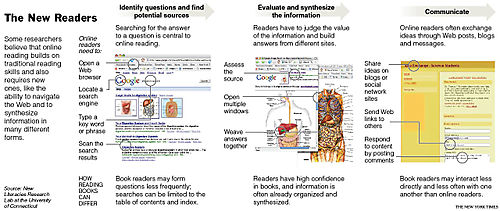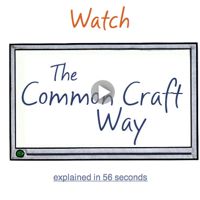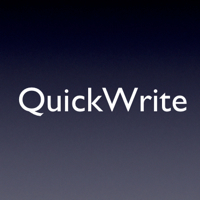
educational fad
Another shot at progressive education. The Latest Doomed Pedagogical Fad: 21st-Century Skill By Jay Mathews Washington Post January 5, 2009. He writes:
Granted, the 21st-century skills idea has important business and political advocates… It calls for students to learn to think and work creatively and collaboratively. There is nothing wrong with that. Young Plato and his classmates did the same thing in ancient Greece. But I see little guidance for classroom teachers in 21st-century skills materials. How are millions of students still struggling to acquire 19th-century skills in reading, writing and math supposed to learn this stuff?
Actually millions of students are learning to think and work creatively, it’s just not in school. They do that stuff at home on their own time. Meanwhile much of their class time is now mandated on mind-numbing test prep on those “19th-century skills.” Teachers who want to have a more engaging classroom have to sneak it into the curriculum – project-based learning has been pushed to the back of the class.
Columnist’s like Mr. Matthews have to realize that new technologies have already put students in charge of the information they access, store, analyze and share. Students are using new digital media to share their creativity with the world.
What can schools do to support learning in the digital age? Monitor the information flow and and thinking in the classroom. This changes the role of teacher from dispensing information to instructional designer. Students can’t simply give information back to their teacher. They need a chance to to create a product that asks them to communicate their thinking to a more authentic audience. Teachers will need the support and training to create supportive learning environments that considers basic questions like:
- How is information flowing through my class?
- What level of thinking skills are students being asked to use?
- How do students get to share what they’ve learned? - Who is their audience? - What is their purpose?
Image credit: flickr/boskizzi





